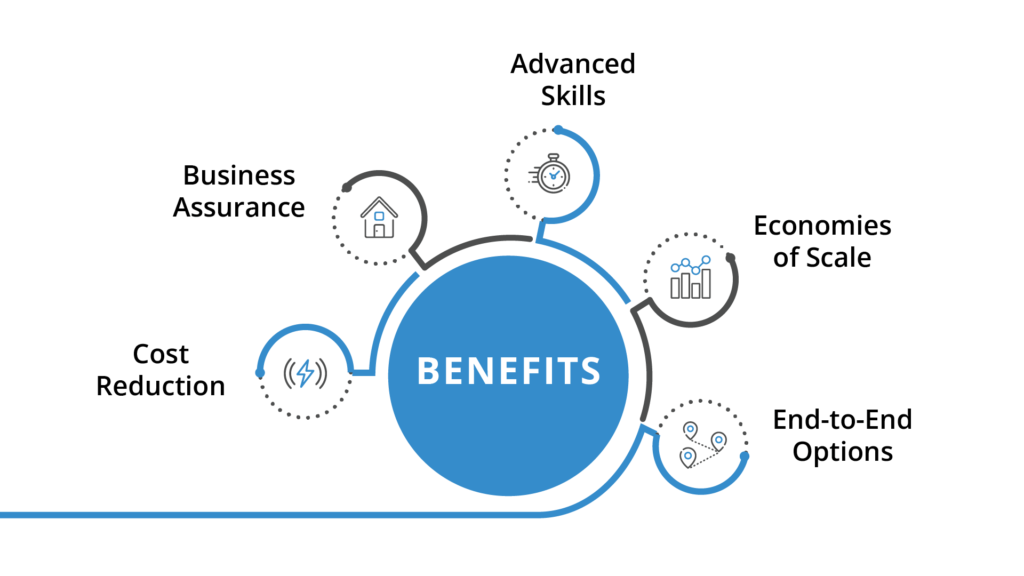Vendor Performance Analysis is an extensive process. It requires businesses to have a well-established plan ensuring all the essential parameters. Following are some of the best practices for Vendor Performance Analysis.
- Define Business Goals – Business goals should be clearly defined and communicated across cross-functional teams. Understanding business requirements will help respective stakeholders to avoid errors in selecting new vendors or negotiating deals.
- Develop a Process – Once the business goals are defined, the businesses need to create a robust process to evaluate the performance of suppliers. The process should be able to recognize the better performing suppliers and help in disengaging the low-performing suppliers.
- Communication – Supplier performance will improve only after taking corrective action on the low-performing areas. Therefore, it is essential to communicate the results of Vendor Performance Analysis with each supplier.
- Internal Benchmarking – Setting improvement goals and a clear, written plan will help to set internal standards for vendor performance analysis. Internal benchmarking will help to establish clear criteria to assess the performance of approved vendors.
- Monitor – Vendor Performance Analysis requires regular reviews and improvements suggestions. Performance data can be gathered and analyzed periodically to streamline the vendor performance analysis process.

Try out the free demo for Vendor Performance Analysis using Microsoft Power BI here.
To learn benefits of Vendor Performance Analysis, Click here.
Download the latest version of ValQ here and get started with ValQ Collaborate Edition today.